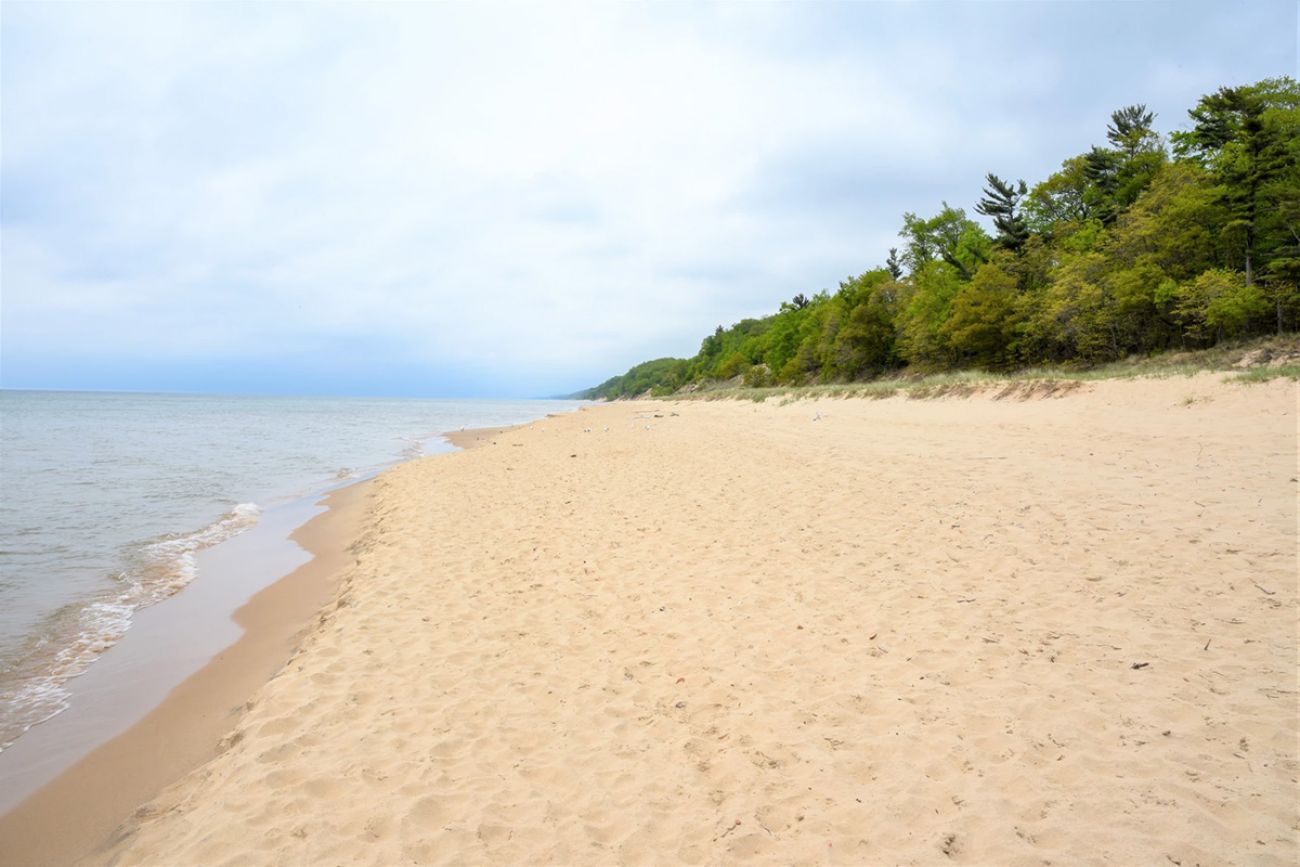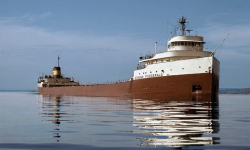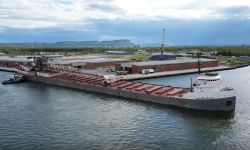New federal money is the start of an effort to make Great Lakes coasts more resilient

Michigan is getting some federal money to help preserve coastlines in this era of climate change.
The Great Lakes region is getting about $2.8 million for coastal conservation, restoration of wetlands, and making the coastline more resilient to the changes caused by climate disruption.
This article is part of The Great Lakes News Collaborative, which includes Bridge Michigan, Circle of Blue, Great Lakes Now at Detroit Public Television, and Michigan Radio. It unites newsroom resources to report on the most pressing threats to the Great Lakes and drinking water supplies, including pollution, climate change, and aging infrastructure. The independent journalism is supported by the Charles Stewart Mott Foundation.
Given the length of Great Lakes coastlines, that’s not a lot of money.
Related:
- Consumers’ decision on 13 dams could alter Michigan rivers, towns
- Control for frog-bit and water soldiers
- Michigan ‘river walker’ program warns anglers on eating contaminated fish
Michigan’s share is about a third of that.
“Michigan will get $875,000 that it will be able to spend over the next five years to address those impacts of climate change and community resilience,” said Joelle Gore, chief of the Stewardship Division for NOAA’s Office for Coastal Management.
This round of grants is just the beginning. Competitive grants in greater amounts will be released as well.
The money can be used to assess a community's vulnerabilities. It could also be used to buy land to be a coastal buffer instead of a development that could end up being a disaster site during the next round of high lake levels. Finally, the money can be used to preserve or restore wetlands.
“Restoring important ecosystems that help protect and serve as sponges when lake levels rise, when there are extreme weather that might bring flooding,” Gore explained.
With the fluctuating levels of the Great Lakes, the hard barriers such as concrete or steel walls are being discouraged in many cases. Experts say a nature-based solution will work better to adapt to a changing shoreline rather than trying to fight against the inevitable changes that a changing climate will cause.
Michigan Environment Watch
Michigan Environment Watch examines how public policy, industry, and other factors interact with the state’s trove of natural resources.
- See full coverage
- Subscribe
- Share tips and questions with Bridge environment reporter Kelly House
Michigan Environment Watch is made possible by generous financial support from:
Our generous Environment Watch underwriters encourage Bridge Michigan readers to also support civic journalism by becoming Bridge members. Please consider joining today.
See what new members are saying about why they donated to Bridge Michigan:
- “In order for this information to be accurate and unbiased it must be underwritten by its readers, not by special interests.” - Larry S.
- “Not many other media sources report on the topics Bridge does.” - Susan B.
- “Your journalism is outstanding and rare these days.” - Mark S.
If you want to ensure the future of nonpartisan, nonprofit Michigan journalism, please become a member today. You, too, will be asked why you donated and maybe we'll feature your quote next time!






